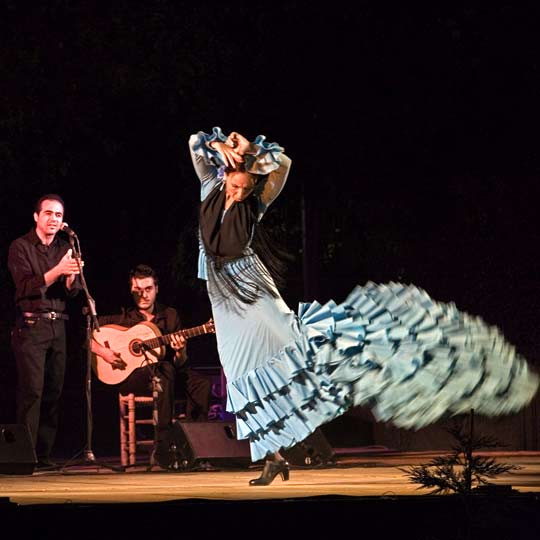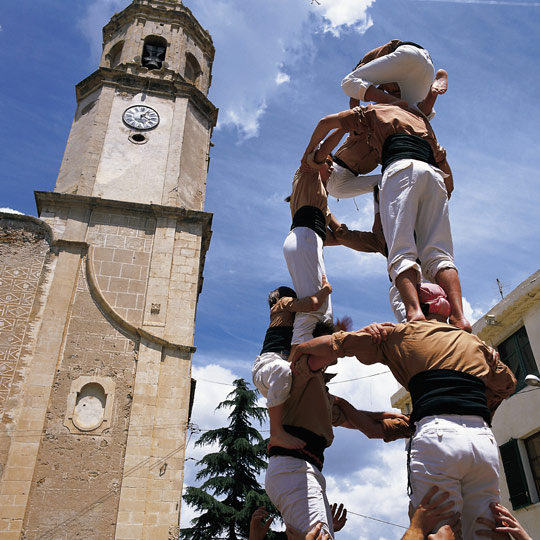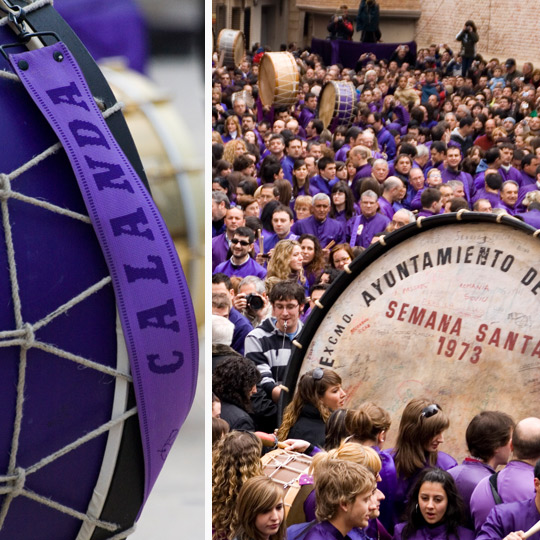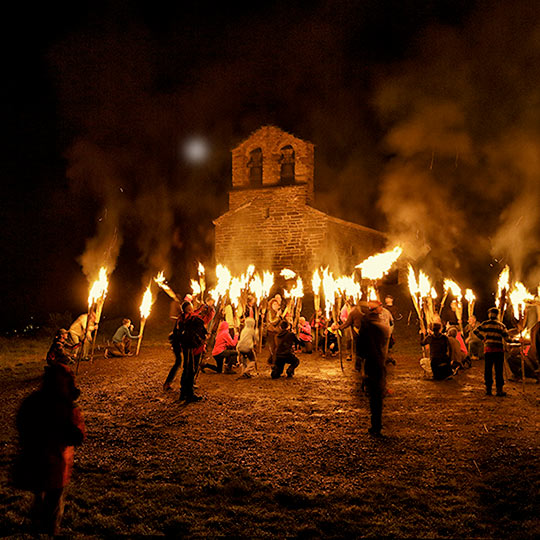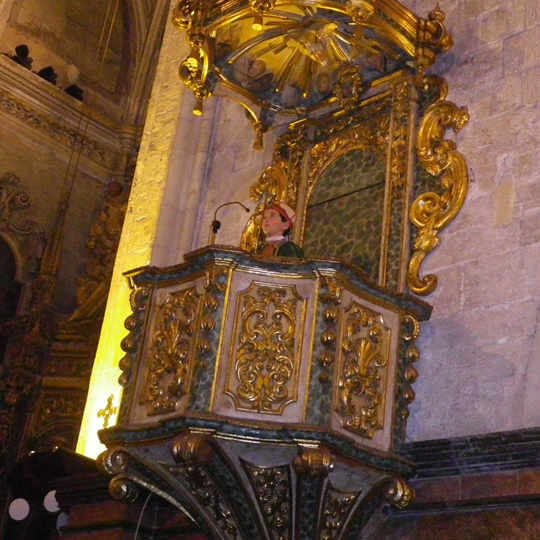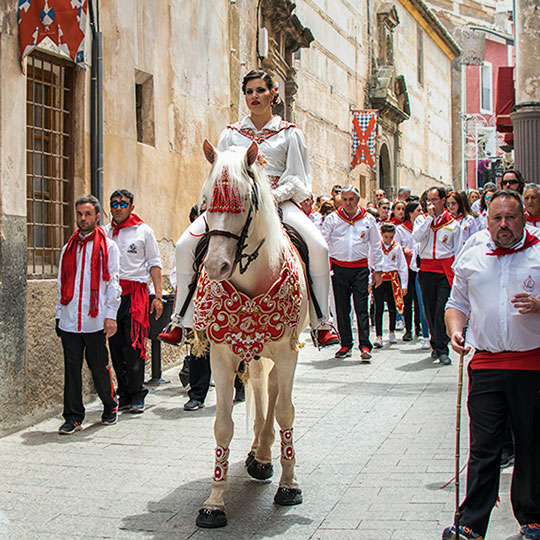Flamenco
All year It’s a deeply rooted part of traditional culture, mainly in Andalusia, but also in regions like Extremadura and Murcia. Flamenco can take the form of song, dance, and instrumental music, and we recommend enjoying it in a tablao, performance venues which are common in cities like Seville and Madrid; or in the cave dwellings of Granada. There are also two major festivals: Cante de las Minas (every summer in La Unión, in the region of Murcia) and the Seville Bienal de Flamenco (held in even-numbered years, in September and October).More information
